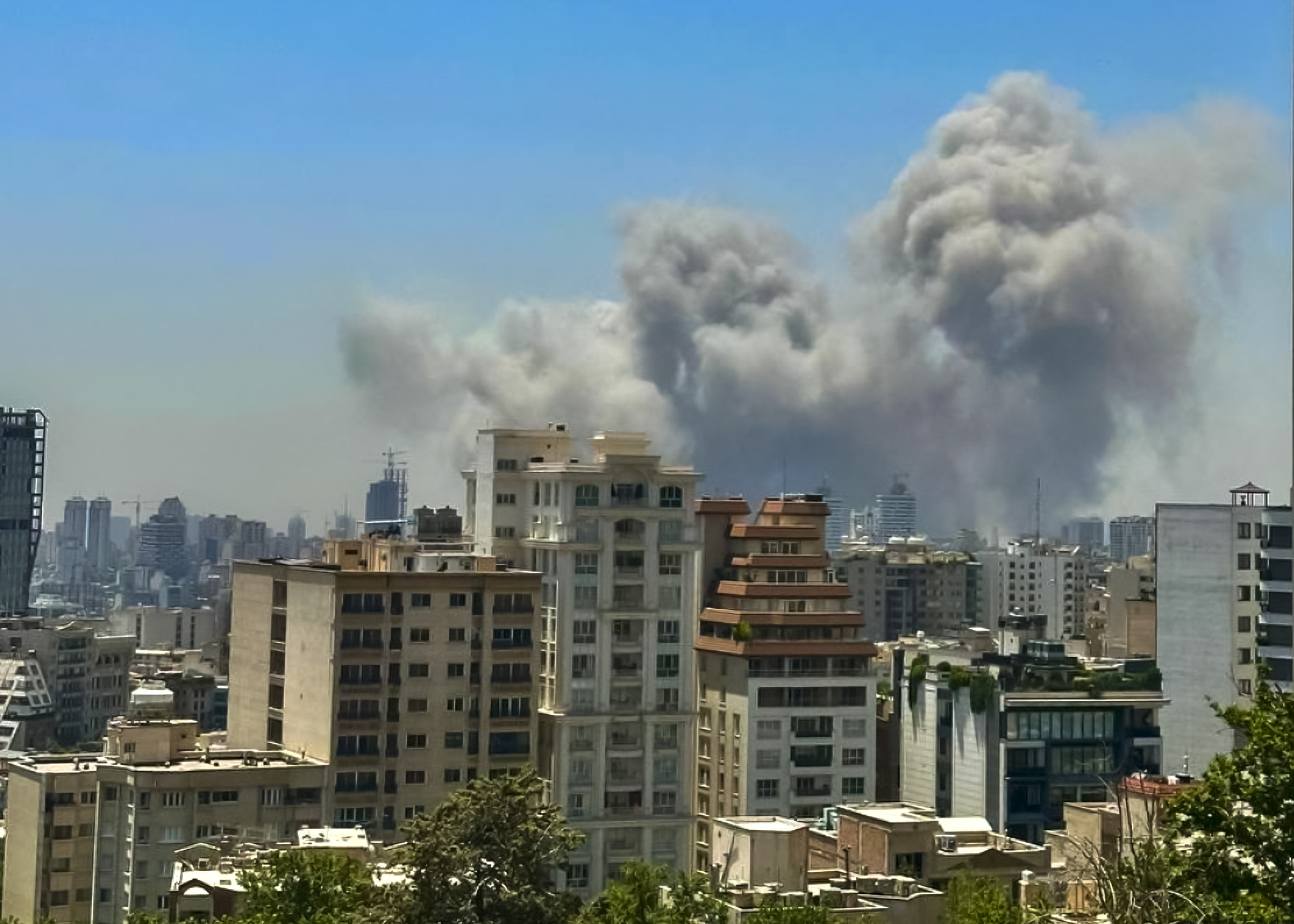In a significant escalation of tensions in the Middle East, the United States and Israel conducted a joint military operation against Iran on 22 June 2025 at 0215 local. The attack, which involved a series of Israeli strikes followed by a targeted US bombing campaign on Iranian nuclear facilities, has been met with a flurry of conflicting reports and assessments from the White House, the Pentagon, the Director of National Intelligence, and international media outlets.
According to initial reports, Israel initiated a series of strikes against Iranian military and nuclear targets, including the targeted killing of several Iranian scientists. The United States is said to have subsequently intervened, employing B-2 stealth bombers to drop "bunker-buster" munitions on key Iranian nuclear sites, Fordow, Isfahan, and Natanz. In the aftermath of the attack, the White House has projected an image of decisive victory. The administration has claimed a "historically successful attack" that has "obliterated" Iran's nuclear capabilities. Presidential statements have emphasized the complete destruction of the targeted facilities, suggesting a permanent setback to any Iranian nuclear ambitions.
However, this triumphant narrative has been challenged by varying accounts from within the US government and the media. The Pentagon, while officially supporting the White House's assessment of a successful mission, has also released more technical details about the operation, codenamed "Operation Midnight Hammer." These briefings have focused on the precision of the strikes and the capabilities of the munitions used. Notably, media reports have cited a leaked preliminary assessment from the Defense Intelligence Agency (DIA) that offered a more conservative evaluation of the damage, suggesting that Iran's nuclear program may only be set back by a matter of months, not years.
The Director of National Intelligence and the Central Intelligence Agency (CIA) have since pushed back against the DIA's initial, more cautious assessment. Both agencies have issued statements aligning with the White House, citing "new intelligence" that indicates Iran's nuclear facilities have been "severely damaged" and would require years to rebuild. These conflicting sources would seem to be divided more by their individual political leanings rather than the information itself, and the US is no stranger to involving themselves with Iran over nuclear issues.
Media coverage of the event has highlighted these discrepancies, creating a confusing and contested picture of the attack's true outcome. While some reports have focused on the administration's declarations of success, others have given prominence to the leaked DIA report and the more measured tones from some military officials. International news outlets have also provided context on the preceding Israeli strikes and the broader implications for regional stability.
The conflicting reports from the administration, the Pentagon, intelligence agencies, and the media underscore the complexities of assessing the impact of such a significant military operation. As the world digests the news of this direct confrontation, a clear and unified understanding of the extent of the damage to Iran's nuclear program remains elusive, caught between official pronouncements of overwhelming success and more circumspect intelligence assessments.



%201.svg)









